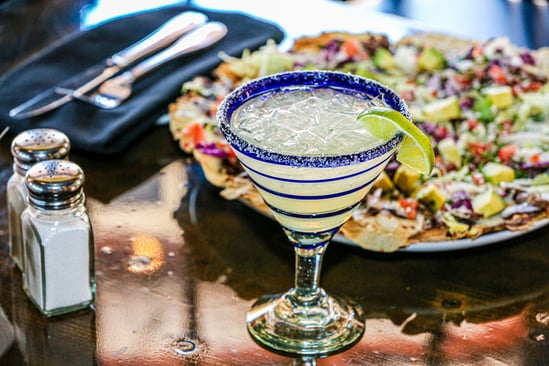May kicks off with several celebrations! We’re looking back at Cinco de Mayo, an event with context and significance often overlooked.
.jpg?width=339&height=452&name=pexels-polina-kovaleva-9095630%20(1).jpg)
1. What does Cinco de Mayo celebrate?
Cinco de Mayo is celebrated annually on May 5, originally commemorating Mexico’s underdog victory over France at the Battle of Puebla in 1862. Often, the holiday is commonly mistaken for Mexican Independence Day, which occurred nearly 50 years earlier on September 16, 1810.
Despite the stunning victory, the Battle of Puebla wasn’t a huge strategic success. The fighting between France and Mexico continued, culminating in the French occupation of Mexico for several years.
So, if the holiday originated in Mexico, how does the celebration differ between our countries?
.jpg?width=533&height=355&name=pexels-tim-mossholder-1618423%20(1).jpg)
2. How is Cinco de Mayo celebrated in Mexico?
In Mexico, Cinco de Mayo has a totally different name: El Día de la Batalla de Puebla. The holiday is mainly celebrated where the battle originally took place, in the Mexican state of Puebla. Parades crowd the streets, speeches are given, and the 1862 battle is reenacted in historically accurate uniforms; obviously, this is completely different from traditions in the United States.
In fact, Cinco de Mayo is more popular in the United States than it is in Mexico. How’d that happen?
3. Why is Cinco de Mayo so significant in the United States?
Cinco de Mayo has been continuously celebrated in the United States since 1863 when news of the French defeat reached California inhabitants’ ears. For Mexican Americans, the victory symbolized Mexican resistance and solidarity.
In 1933, President Franklin Roosevelt declared Cinco de Mayo a national holiday to strengthen diplomatic relations with Latin American countries – but the holiday’s popularity only solidified in the middle of the 20th century thanks to the 1960s Chicano Movement. Mexican immigrants and Chicano activists used the opportunity to connect to their heritage and culture.
However, Cinco de Mayo didn’t become mainstream until the 1980s, when companies began to commercialize or attempt to profit from the holiday. Food businesses and alcohol companies especially wanted to cash in on the festivities – and their efforts show. Today, Cinco de Mayo is one of the top 10 drunkest holidays in the US.

Celebrators’ excessive drinking has garnered a lot of flak from critics, who’d like to see a greater and more genuine emphasis on Mexican culture. The commercialization of Cinco de Mayo has not only contributed to increased alcohol consumption but cultural appropriation as well; partygoers wear ponchos, sombreros and fake mustaches to celebrate.
Many activists are trying to reclaim Cinco de Mayo and return it to its roots as a community and heritage-centric event. While it’s okay to take part in the holiday’s Americanized traditions, Cinco de Mayo is a great opportunity to learn more about Mexican culture, history, and how American and Mexican culture intersect.

